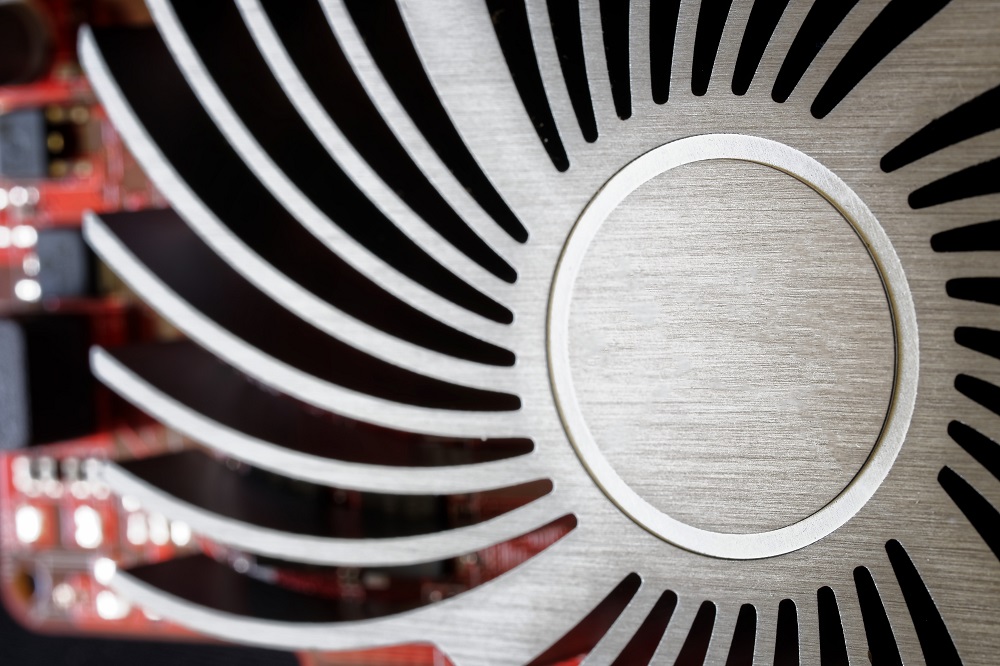Electronics can withstand only certain temperature thresholds. Beyond this limit can jeopardize its regular operation. This article talks about high temperatures impacting devices and how you can mitigate the heat. Removing excess heat will not only render the process safe but prevent or resolve thermal management design challenges in the future as well.

There are mainly three ways to transfer heat – conduction, convection, and radiation. Cooling electronics means utilizing all three methods, although their effectiveness and implementation may vary.
Conduction
In conduction, thermal energy transfers when hotter objects come in contact with cooler objects. It is the most effective way to transfer energy and requires the least surface area.
Convection
Convection involves the transfer of thermal energy through air movement. Here, cooler air is passed over a warmer device and made to draw and carry heat away. While less effective than conduction, it is still a good choice for speeding up heat transfer.
Radiation
In radiation, the emission of energy takes place in electromagnetic waves. This type of thermal energy mitigation is only feasible in a vacuum. Compared to conduction or convection, it is very ineffective and expensive.
Thermal Impedance
Another factor to consider during the application of thermal principles is thermal resistance or impedance. This factor is proportional to the shape, size, and material of the subjected device. The smaller the thermal resistance, the more the amount of transferred energy.
There are various ways to cool electronics, but the fans, heat sinks, and Pertier modules lead the list based on efficiency and cost-effectiveness. Integrating these products can yield better results, although you can use them separately.
Heat Sinks
Heat sinks come in many shapes and sizes and work hard to decrease the thermal impedance between the device and air. This is achieved by their materials and an increase in the convection surface area of the device they are attached to. Although there are better technologies in today’s market, heat sinks do a tremendous job of dissipating heat when they are paired with fans.
Fans or Blowers
Fans or blowers can come in handy to remove heat around the device and eliminate warmer air pockets. They come in a wide variety of shapes, sizes, and voltages. Depending on the need of the design, and the size of the heat sinks, fans also offer speed control. They are inexpensive but prone to power surge and failure.
If you are looking for thermal management companies, our experts at Getec can engineer the best solution based on your needs and budget. So, give us a call at 888-999-8499, contact us online, or send us an email at sales@getecna.com to talk to one of our specialists.